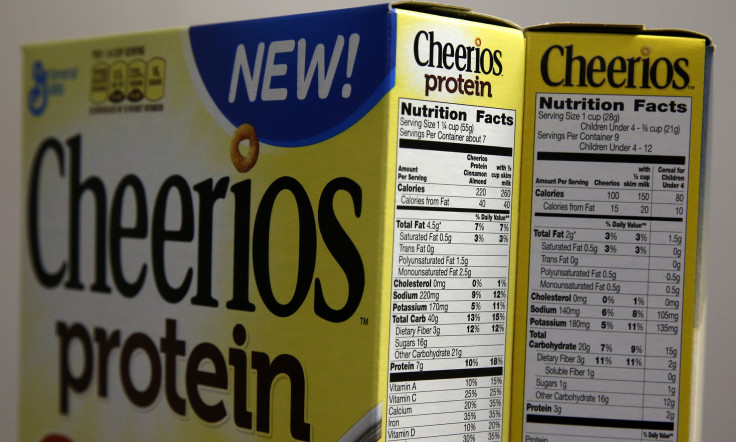What Counts As 'Healthy' Food? FDA Reviewing Labeling Standards Following Industry Pushback

If avocados came in packages, one word in particular would technically be barred from the label: “Healthy.” The same goes for certain other nutritious foods, such as almonds. Yet some processed foods, such as granola bars, are somehow allowed to wear the word.
Now, the U.S. Food and Drug Administration is starting to question those inconsistencies and take a fresh look at the regulations that define the term “healthy” on food labels.
“We believe now is an opportune time to reevaluate regulations concerning nutrient content claims, generally, including the term ‘healthy,’” the agency said in a statement to The Wall Street Journal Tuesday.
What prompted the review of standards set some two decades ago? Evolving scientific understanding of what makes a food nutritious was one factor. Pressure from food companies was another.
In March 2015, the FDA warned the snack bar company KIND that it needs to remove the word healthy from four of its wrappers and from its website.
Nuts Are Great, But Almonds? Here's Why They're Amazing! https://t.co/XYG5SmlikY via @AHealthBlog #vegan #nutrition pic.twitter.com/3Bx8JsGWDE
— John Martin (@healthyinsix) April 22, 2016
“None of your products listed above meet the requirements for use of the nutrient content claim ‘healthy’ that are set forth in” FDA regulations, the director of the agency's Center for Food Safety and Applied Nutrition wrote in a letter to KIND CEO Daniel Lubetsky. Part of the problem was the amount of saturated fat contained in the KIND bars in question, although the FDA also raised questions about the use of the label “antioxidant-rich” and the way allergens were disclosed.
The news itself generated a slew of headlines, while KIND subsequently pushed back with a petition in December that called on the FDA to update its definition of healthy, at least for the purposes of food labeling.
As those definitions stand now, in order for a food to be labeled “healthy,” it cannot exceed certain maximums in the areas of total fat, saturated fat, sodium and cholesterol and it has to have a minimum amount of vitamin A, vitamin C, calcium, iron, protein or fiber. How the FDA calculates those limits can be confusing, as it can be by per "Reference Amount Customarily Consumed per Eating Occasion" — one would be forgiven for wondering what that means — or per 100 grams.
One of the KIND bars in question, the 40 gram Fruit & Nut Almond & Coconut version, contains 5 grams of saturated fat, exceeding the 2 gram threshold per 100 grams granted by FDA standards, the letter had pointed out. But KIND argued in its petition that those fats were derived from healthy ingredients like nuts, and it cited scientific evidence showing that “nuts, in particular almonds and walnuts, score very high on an objective scale of overall nutritional quality validated against health outcomes.”
Its petition did not address the 12 grams of sugar contained in the 40-gram bar, skirting a separate but related controversy: public health's ongoing war on sugar.
© Copyright IBTimes 2024. All rights reserved.






















